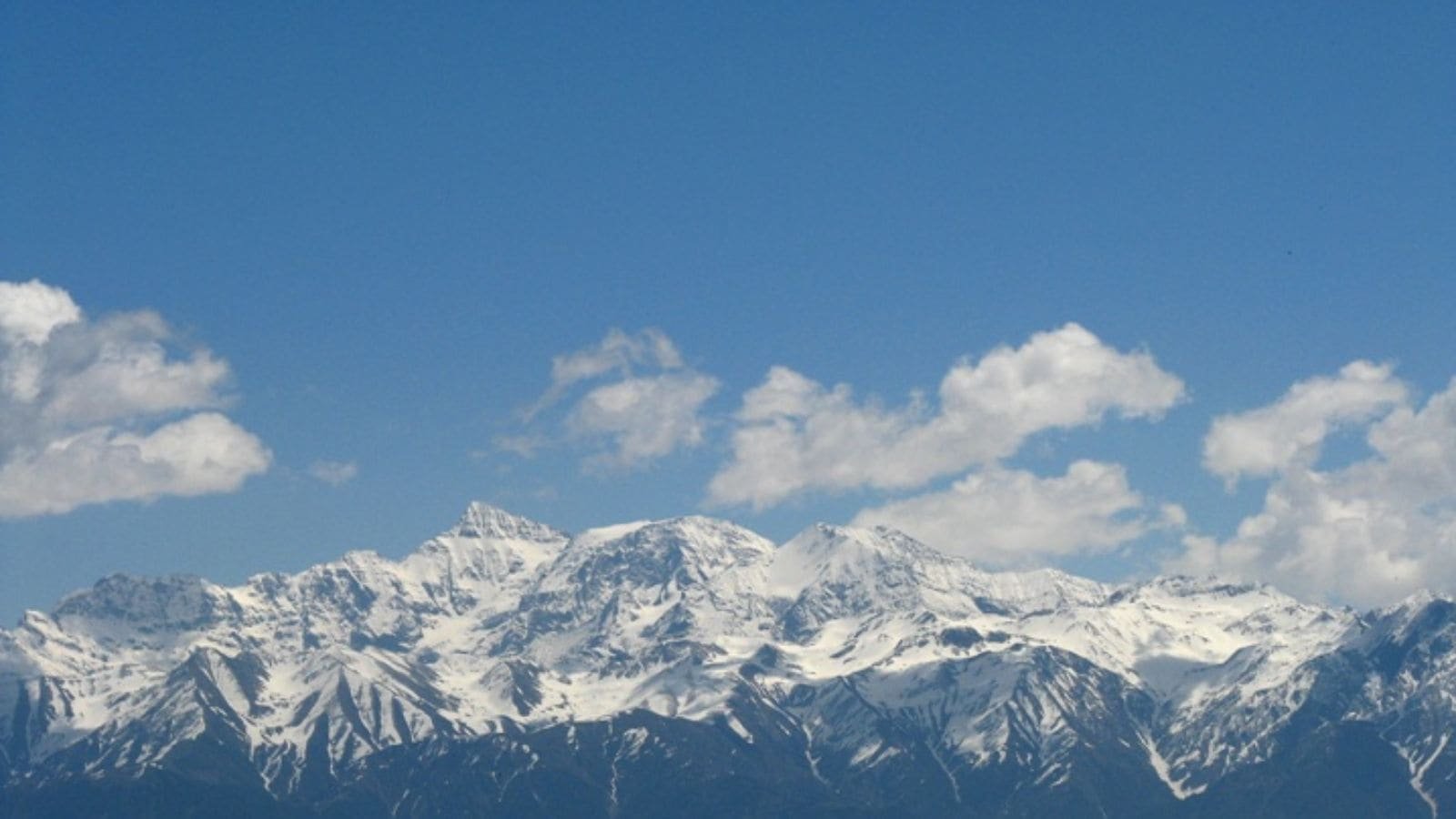The natural upliftment of the Pir Panjal ranges which occurred some four million years ago contributed in altering the weather over the Kashmir valley to its present-day Mediterranean-type climate, a new study has revealed.
Nicknamed as the Switzerland of the East, today’s Kashmir experiences mild summers and harsh, wet winters. The main source of groundwater and waterbody replenishment in the Valley occurs by the snow or rainfall during the winter associated with the passing streams of western disturbances. Winter in the Valley peaks between mid-December – January.
” The uplift of the Pir Panjal range, also known as the Lesser Himalayas, created an orographic barrier that impeded moisture-laden summer monsoon winds from reaching the Valley. Gradually, it led to the establishment of a Mediterranean-type climate,” the latest study published in the journal of Palaeogeography, Palaeoclimatology, Palaeoecology, suggested.
A group of researchers from the Birbal Sahni Institute of Palaeosciences (BSIP) and the University of Kashmir’s Department of Earth Sciences used leaf sediments from the Karewa formations in the Valley to recreate the palaeoclimatic past. Over the past four million years, this basin has been fed with fluvial-glacial-lacustrine sediments which have been studied by the research group. The study teams deployed the Climate Leaf Analysis Multivariate Program and the Coexistence approach in this work.
The Kashmir Valley is estimated to have formed about 4 million years ago due to natural upliftment of the Pir Panjal mountain ranges, also known as the Lesser Himalayas. The Kashmir Basin is an oval, bowl-shaped depression, with a relatively flat basin floor. It measures approximately 140 km in length and 40 km in width and covers an area of about 5000 sq. km in the northwestern region of the Himalayas.
In the process of upliftment, it blocked the ancient Himalayan drainage system and led to the formation of a vast lake. With the continued uplift of the Pir Panjal Range, the lake gradually shrank and shifted toward the Greater Himalayas.
The study detailed that there once existed strong seasonality in the Valley until 1.95 million years ago. The accelerated rise of the Pir Panjal thereafter prevented the southwest monsoon winds from reaching the Valley. The monthly rainfall extremes ranged from 10mm to 220mm with the annual mean to be around 1230mm. The group calculated the Valley’s mean annual temperature ranged at about 18.1 degrees Celsius and the cold month mean temperature was 11.1 degrees Celsius.
Story continues below this ad
Other recent studies of the Kashmir regions’ rainfall variability in recent decades showed that about 72 per cent of the annual precipitation came from the western disturbances whereas the remaining 28 per cent was contributed by the Indian Summer Monsoon. Moreover, the influence of the summer monsoon was higher towards south Kashmir, while north Kashmir was mostly influenced by western disturbances.



